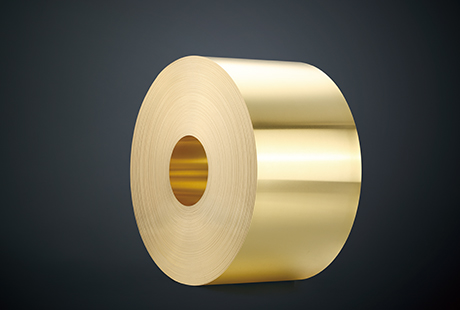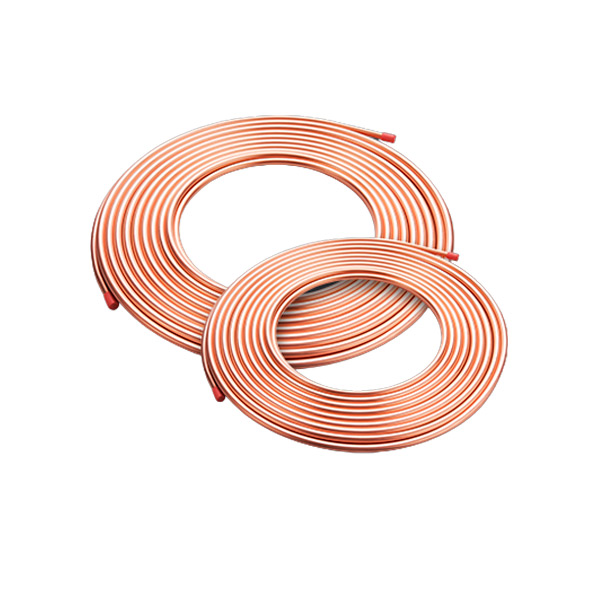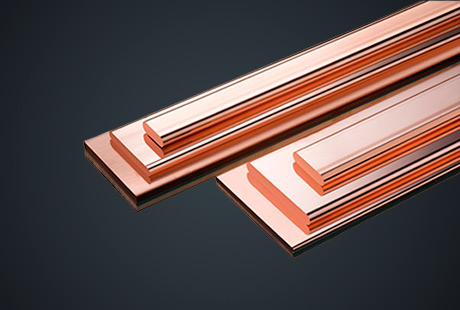One-way brass valves, also known as check valves, have been essential components in various industries for many years. Their simple yet effective design, allowing flow in one direction while preventing backflow, has made them a reliable solution for fluid and gas control. Over time, advancements in technology and manufacturing processes have led to innovations in one-way brass valve technology, enhancing their performance, reliability, and versatility. In this blog, we will explore some of the latest innovations and advancements in one-way brass valve technology that have transformed the way these valves are used in plumbing, industrial, and other critical applications.
Enhanced Materials and Coatings
In recent years, there have been significant improvements in the materials and coatings used in one-way brass valves. While brass remains the primary material for its durability and corrosion resistance, manufacturers have introduced advanced brass alloys to enhance specific properties. These alloys may offer increased strength, improved wear resistance, or greater resistance to aggressive fluids or chemicals. Additionally, advanced coatings are being applied to the valve surfaces to further protect against corrosion, extend valve life, and reduce friction for smoother operation. These innovations in materials and coatings ensure that one-way brass valves perform optimally, even in demanding and harsh environments.
Smart Valve Technology
The integration of smart technology into one-way brass valves has revolutionized their monitoring and control capabilities. Smart valves equipped with sensors and communication capabilities can provide real-time data on valve status, flow rates, and pressure conditions. This data can be accessed remotely, allowing for predictive maintenance and quick response to any potential issues. Moreover, smart valves can be integrated into automated systems, enabling precise control and regulation of fluid flow. The ability to remotely monitor and control one-way brass valves enhances system efficiency, reduces downtime, and optimizes overall performance.
Improved Flow Dynamics
Advancements in valve design and engineering have led to improvements in flow dynamics. Modern one-way brass valves are designed to minimize pressure drop and turbulence during fluid or gas flow. By reducing energy losses and ensuring smooth flow, these valves enhance system efficiency and reduce operating costs. Some innovative valve designs also feature reduced noise levels during operation, making them suitable for applications where noise reduction is critical, such as in residential settings or sensitive industrial environments.
Compact and Space-Saving Designs
In response to the demand for more compact and space-saving solutions, manufacturers have developed innovative one-way brass valves with reduced footprints. These compact designs are ideal for installations where space is limited, enabling more flexible and efficient system layouts. Compact one-way brass valves retain the same performance and reliability as their larger counterparts, making them a preferred choice for modern plumbing systems, industrial equipment, and emerging technologies.
As technology continues to advance, one can expect even more groundbreaking developments in one-way brass valve technology. These innovations will continue to shape the future of fluid and gas control, optimizing efficiency, safety, and reliability across a wide range of industries and applications. Whether it's in plumbing systems, industrial processes, or emerging smart systems, one-way brass valves will continue to play a crucial role as essential components in modern engineering and technology.

 English
English 日本語
日本語 한국어
한국어 français
français Deutsch
Deutsch Español
Español italiano
italiano العربية
العربية tiếng việt
tiếng việt Türkçe
Türkçe ไทย
ไทย 中文
中文





